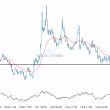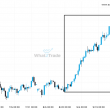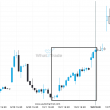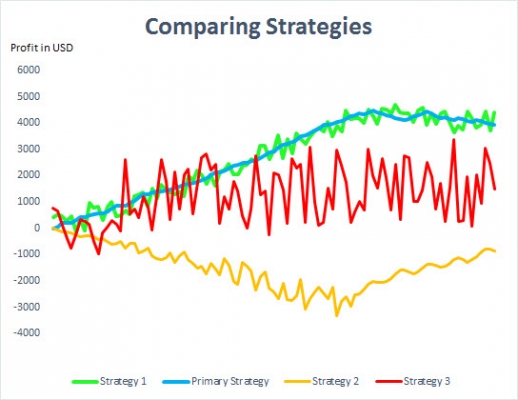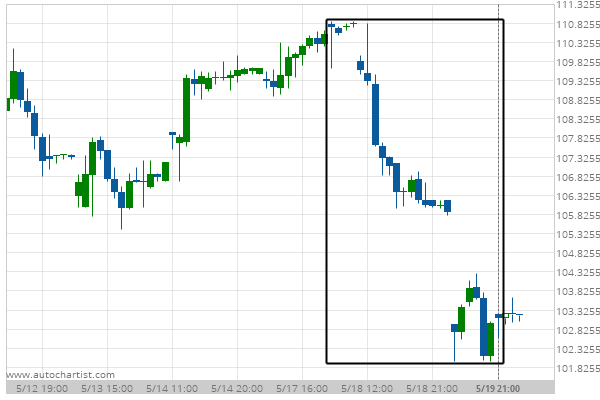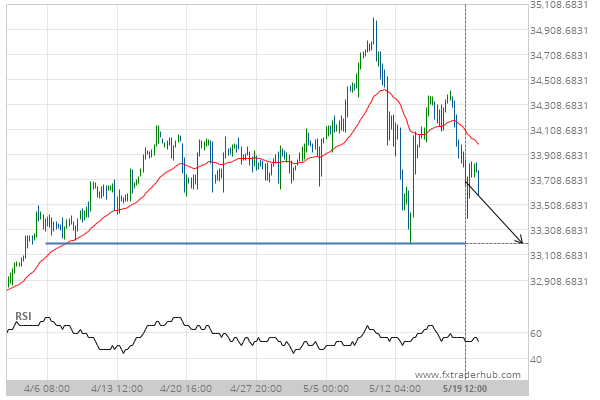If you’re not a new trader, you’ve probably had the urge to simultaneously deploy several trading strategies. That way, most of the time, you can make money. Of course, that’s theoretically. But the fact is, quite often, combining two different strategies can do more harm than good.
I advise traders in their formative years to avoid combining strategies. They need to give themselves time to master their trading skills.
But what if you’re a more advance trader, familiar with the art of crafting a trading strategy? Then can you benefit from combining two strategies? You most certainly can, but they have to fit, just like a puzzle. In this article I will try to help you assemble two trading strategies. In that way you can enhance your performance rather than hurdle it.
Opposite Intervals Match
In order for you to incorporate two trading strategies each has to make sense, money-wise. The logic being, of course, don’t put all your eggs in one basket. If one strategy underperforms you have another strategy that’s running and could counter your losses.
But in order to guarantee that, they have to work on different cycles. One cycle should preferably be mid to long term and the other short term, or vice versa.
Let’s elaborate on that; suppose you’re a swing trader making a trade every few weeks. Let’s say that’s your primary strategy. Your secondary strategy, then, must be based on hours or one day, at the maximum. Why?
Because cycles in short term trades are, naturally, much shorter. Thus, there’s a greater likelihood that the trade won’t be correlated to the primary strategy and even it out.
Moreover, a short term strategy allow your available margin to work during a long term trade. Of course, it’s vice versa if your primary strategy is a short term one.
Trading Strategies and Correlation
Below we can see returns of three different strategies that we can match to our primary long term trading strategy. The blue one is our primary strategy and the others are short term strategies. Assume the data in the chart is partial and that all strategies are profitable on the long term. But if which one should we use as a matching one?

To answer this question we must look at the second chart. Here, we measured the correlation of returns for each of the three short term trading strategies to our primary trading strategy. We do that through back testing.
Let’s take a closer look at each trading strategy and its correlation with our primary strategy.
Strategy 1 is correlated by 0.98 to our primary strategy. That means that profits will largely move in tandem with our primary strategy. This, of course, immediately disqualifies strategy 1. If it is correlated with our primary strategy we’ll be losing money during the same period. That amplifies the pain on the downside.
Strategy 2 is not moving in tandem with our primary strategy but in the opposite with a -0.70 correlation. You might think that a strategy that is precisely reversed is the one we need to match with our primary. That’s a typical mistake.
If it goes exactly in reverse to your trading strategy it will weigh on profits and vice versa. That is not a proper diversification; it simply reduces volatility of your returns. If that is what you want you can reduce your leverage; there’s no need for a secondary trading strategy.
Strategy 3 is our matching strategy. With a low correlation of 0.41 to our primary a matching strategy really does allow proper diversification of strategies. We know that a matching strategy is profitable thus it’s the best suited to enhance your primary strategy while it’s not doing well.
Conversely, a matching strategy won’t necessarily weigh when our primary trading strategy does do well. It moves at its own pace detached from what’s happening in our primary strategy, making it a proper secondary trading strategy.

